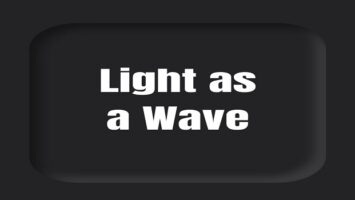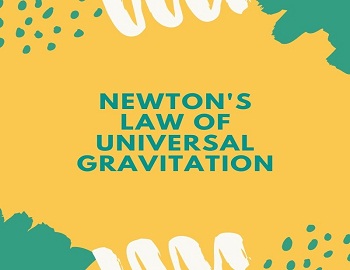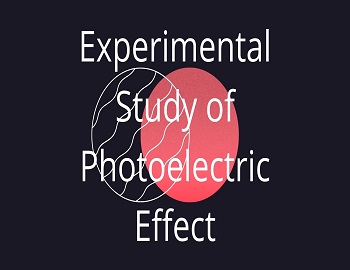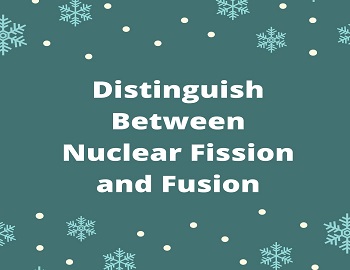Suppose the ball first touches the positively charged plate. It picks up some positive charge and therefore, gets repelled. The positively charged ball moves away from the positive plate and gets attracted towards the negative plate. It strikes the negatively charged plate, transfers its own positive charge, and picks up some negative charge. It now gets repelled from the negative plate, so it moves towards the positively charged plate and the story is repeated. The ball, therefore, oscillates between the two plates and transfers a positive charge from the positively charged plate to the negatively charged plate with the result that both plates are soon discharged.
Nov 20, 2023
An uncharged ping-pong ball is coated with a thin layer of metal and suspended with the help of an insulating string in the narrow region between two metallic and oppositely charged plates. If the ball accidentally touches one of the plates, describe the subsequent motion.









Comments (No)